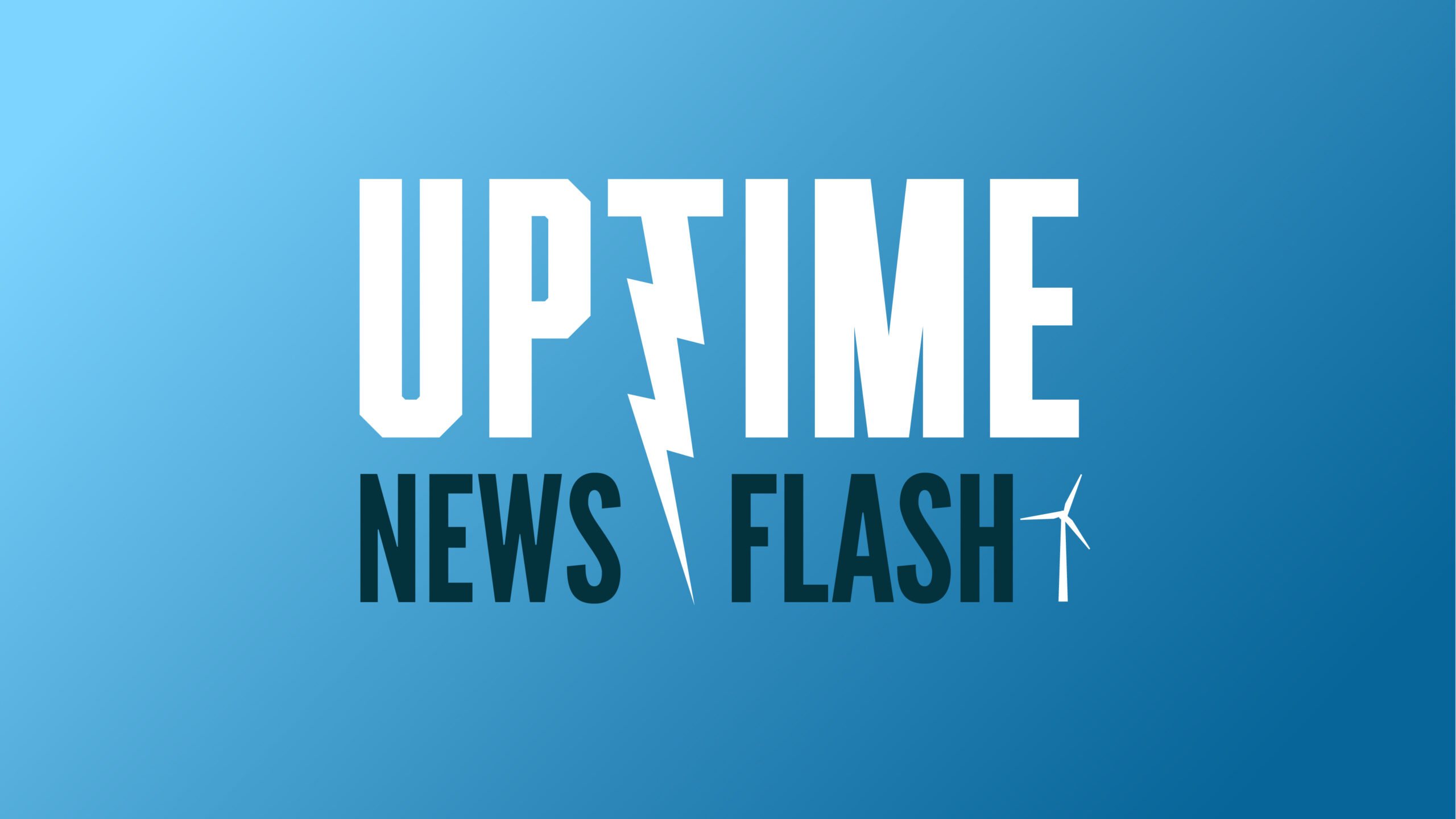The post What Are VEECs and How Can They Save Your Business Money? appeared first on Cyanergy.
https://cyanergy.com.au/blog/what-are-veecs-and-how-can-they-save-your-business-money/
Renewable Energy
Terra-GEN, Nordex & Siemens Gamesa Improve
Weather Guard Lightning Tech

Terra-GEN, Nordex & Siemens Gamesa Improve
Terra-Gen’s 238.5 MW project in Texas is now fully operational and the Philippines just awarded approvals for more than 10 GWs of renewables. Plus Nordex and Siemens Gamesa are optimistic about their future.
Sign up now for Uptime Tech News, our weekly email update on all things wind technology. This episode is sponsored by Weather Guard Lightning Tech. Learn more about Weather Guard’s StrikeTape Wind Turbine LPS retrofit. Follow the show on Facebook, YouTube, Twitter, Linkedin and visit Weather Guard on the web. And subscribe to Rosemary Barnes’ YouTube channel here. Have a question we can answer on the show? Email us!
There’s news from the wind industry this week. And for once… the headlines tell a story of growth. Down in Hidalgo County, Texas… something worth celebrating happened this week. Terra-GEN commissioned the Monte Cristo ONE Windpower Project. Two hundred thirty-eight-point-five megawatts. Fully operational. The wind facility will generate more than 850 gigawatt-hours of clean electricity every year. Enough to power roughly 81,000 homes. And the power? Already sold. Long-term purchase agreements with two corporate customers. Construction created about 280 jobs at peak activity. More than 490,000 work hours. Not one lost-time incident. They upgraded 11 miles of state roads. Twenty-five miles of county roads. Over its lifetime… the project will deliver more than 100 million dollars to the local community. Property taxes. Landowner payments. Other economic contributions. “It is an honor,” said John O’Connor, Chief Financial Officer for Terra-GEN, “to celebrate the hard work and dedication of the hundreds of men and women who made the commissioning of the Monte Cristo wind project possible.” Meanwhile… halfway around the world in the Philippines… the government just awarded approvals for more than 10 gigawatts of renewable power. That’s ten-point-two gigawatts, to be exact. One hundred twenty-three winning bidders. Solar. Storage. And wind. Onshore wind alone claimed two-point-five gigawatts of that capacity. Twenty-one projects. All set to deliver power by 2029. The Philippines is targeting 50 percent renewable generation by 2040. And they’re not waiting around. The “overwhelming response,” said the department of energy, “reflects the growing confidence of investors.” Back in Europe… in Germany… Nordex is making moves. The turbine manufacturer just secured orders for 123 megawatts from Denkerwulf. Twenty-five onshore wind turbines. Installation begins in 2027. Commissioning in 2028. And Nordex shares? They’re climbing. Hit a multi-year high this week. Trading at 28 euros and 2 cents. Denkerwulf’S orders for Nordex in 2025 now total nearly 144 megawatts. And last week… Mingyang signed a contract with ORE Catapult… a state-owned British test center. They’re going to test main bearings for Mingyangs offshore 18.5MW turbines in the United Kingdom. “A major milestone,” said Mingyang’S chief technology officer for Europe, Marc Sala. “A decisive breakthrough for our local operations.” Mingyang has big plans for Britain. One-point-five billion pounds in investments. Half for factories. Half for the offshore wind supply chain. Now… over at Siemens Gamesa… things are looking up. The wind business has been struggling. Over four fiscal years… losses totaled eight-point-six billion euros. But Chief Executive Officer Christian Bruch confirmed this week… they’re still targeting profitability by 2027. Break-even by 2026. Revenue for full-year 2025 rose 5 percent to ten-point-three-seven-five billion euros. Losses improved slightly. “The journey towards profitability is going to take time,” said Chief Financial Officer Maria Ferraro. “But I think the team is doing a great job.” They expect a positive fourth quarter in 2026. So there you have it. The wind industry is pushing forward. Two hundred thirty-eight-point-five megawatts commissioned in Texas. One hundred twenty-three projects approved in the Philippines. One hundred twenty-three megawatts ordered in Germany. Eighteen-point-five megawatt turbines heading to Britain for testing. And Siemens Gamesa … now seeing light at the end of the tunnel. The numbers tell the story. Things are beginning to stabilize – and there’s hope for the future. That’s the state of the wind industry on the 17th of November 2025. Join us tomorrow for the Uptime Wind Energy podcast.
https://weatherguardwind.com/terragen-nordex-siemens/
Renewable Energy
Has the Fever Broken?
 Many Americans are starting to feel like the lady whose observations we see at left.
Many Americans are starting to feel like the lady whose observations we see at left.
Exactly how this moves forward from here is anyone’s guess. Maybe the Democrats gain a huge majority in Congress in 2026 and then impeach and convict Trump–perhaps joined by lots of Republicans.
There are plenty of different scenarios.
Renewable Energy
Trump and Climate Change
 As shown in this short video, Donald Trump says that climate change is the biggest con job ever perpetrated on Earth.
As shown in this short video, Donald Trump says that climate change is the biggest con job ever perpetrated on Earth.
We are to believe that Trump a) understands the subject better than the thousands of our planet’s top scientists, located in countries all around the globe, and b) he’s telling the truth, where they have somehow gotten together and conspired to lie.
That’s quite a stretch.
-
Climate Change3 months ago
Guest post: Why China is still building new coal – and when it might stop
-
Climate Change2 years ago
Spanish-language misinformation on renewable energy spreads online, report shows
-
Greenhouse Gases3 months ago
Guest post: Why China is still building new coal – and when it might stop
-

 Greenhouse Gases1 year ago
Greenhouse Gases1 year ago嘉宾来稿:满足中国增长的用电需求 光伏加储能“比新建煤电更实惠”
-
Climate Change Videos2 years ago
The toxic gas flares fuelling Nigeria’s climate change – BBC News
-

 Climate Change1 year ago
Climate Change1 year ago嘉宾来稿:满足中国增长的用电需求 光伏加储能“比新建煤电更实惠”
-

 Carbon Footprint2 years ago
Carbon Footprint2 years agoUS SEC’s Climate Disclosure Rules Spur Renewed Interest in Carbon Credits
-
Renewable Energy4 months ago
US Grid Strain, Possible Allete Sale






